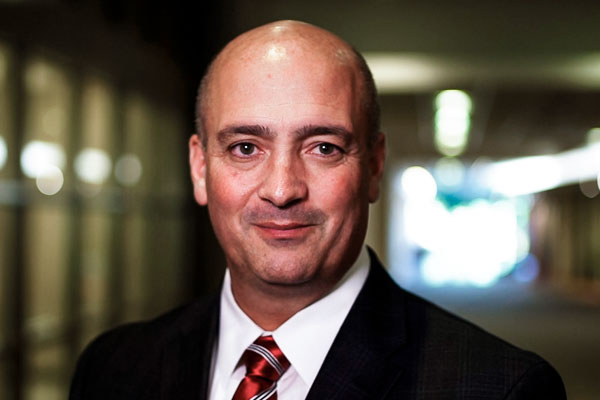What We Learned: Fixed Ops Processes During the Coronavirus Pandemic

Article Highlights:
- Focus on improving fixed ops for disaster preparedness.
- How to build on your current changes.
This is the second part in our two-part series over lessons from the Coronavirus pandemic. Check out the first article over fixed operations marketing strategy lessons here.
Saying COVID-19 threw a wrench in the way dealerships and other retail establishments run is an understatement. But did the stress of implementing the required changes also make you want to throw a wrench at something?
Being prepared for the worst is something we all mean to do, but doesn’t come easily. However, it’s important to think ahead to alleviate stress as well as protect your dealership. During unstable times, profits from fixed operations consistently sustain dealerships across the U.S., so it’s important to look at improving fixed ops processes to prepare for long-term success.
Let’s take a look at how things changed during the Coronavirus pandemic and what best practices you can implement to prepare for the future.
What was happening pre-COVID-19?
Dealership personnel had a lot of interaction points during the service process with customers and with each other.
- Greeting was done up-close and personal in the store to help establish a relationship with the customer.
- Customers had the option to wait in a waiting room with one another.
- Advisors would revisit the customer to sell recommendations.
- Technicians, advisors, and parts personnel were constantly interacting in-person during the repair process.
- The technician would drive the car out, give the keys to the advisor, and the advisor would accept payment and hand back the keys to the customer.
Nearly every interaction was in-person.
What happened during the pandemic?
Social distancing. Customers didn’t want to interact in-person with employees or other customers, employees needed to stay six feet apart, and processes needed to be changed to accommodate the environment and protect everyone within the store.
Instead of greeting the customer at their car, many dealerships had customers walk in, wait in a spaced-out line, interact with a smiling (yet masked) employee, and provided hand sanitizer for the customers to clean their hands after the interaction. Many stores closed the coffee stations, some even closing the service lounge.
Employees behind the scenes also had to adjust the way they completed simple tasks. There was more texting on personal phones for updates, lines were spaced out to maintain an appropriate distance, and employees needed to be wary to not contaminate customer vehicles by wearing gloves and sanitizing keys before they were returned.
How do you prepare for the future?
Right now your store has a safe process patched together. Hopefully, these mandates won’t be required for too much longer, but customers will continue to be wary. Instead of going back to the old way, think about how to take a step forward and make your dealership safer and more prepared in the long-run.
Ideally, your service process looks like this:
- Customers choose between an in-person interaction and a self-led kiosk experience to maintain distance.
- All forms are digital and tied to the DMS. Employees see live status of each RO without interacting or sharing paperwork.
- Employees receive alerts and communications on their desktop or via text message so everything is easily tracked and has a record in the DMS. Everyone can stay at their stations and interactions are extremely limited.
- Customers digitally approve recommendations on their mobile device.
- Customers have options for paying or picking up their keys that don’t require interacting with an employee.
Overall, by limiting interactions and providing contactless options for customers, you are preparing for the future while improving your business as a whole. You would cater to a variety of customers, keep employees away from one another and focused on their work, and would be giving customers a more convenient way to interact with your dealership.
The world may never go back to “normal,” and neither should your dealership. Continue to build on the lessons learned and don’t be caught off guard the next time you have to face a roadblock at your store.
Related Articles:

Frustrated Customers, Overloaded Employees: The True Cost of Outdated…
Since hanging up my hat as a service advisor in 2005, I can’t help but notice how little has changed in the way dealerships handle…

Streamlining Vehicle Service Contract Claims
When talking to service advisors one pain point consistently rises to the top: Vehicle Service Contract (VSC) claims. The process includes lengthy phone calls, repetitive…

Does your S-P-G have the F-L-U?
Are you service pricing guides fully utilized or have they come down with the flu?

3 Recall Scares to Avoid
Three recall tips to help you avoid spooky fines and lost service business.















